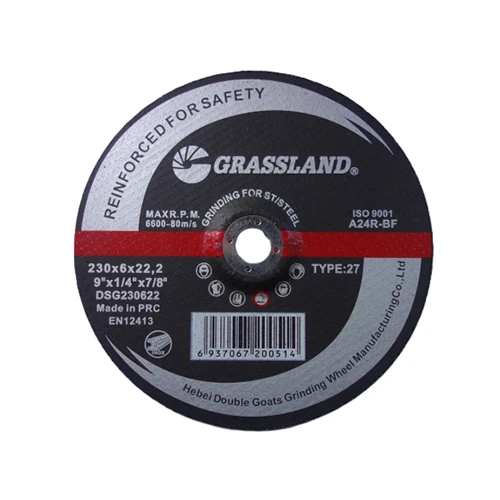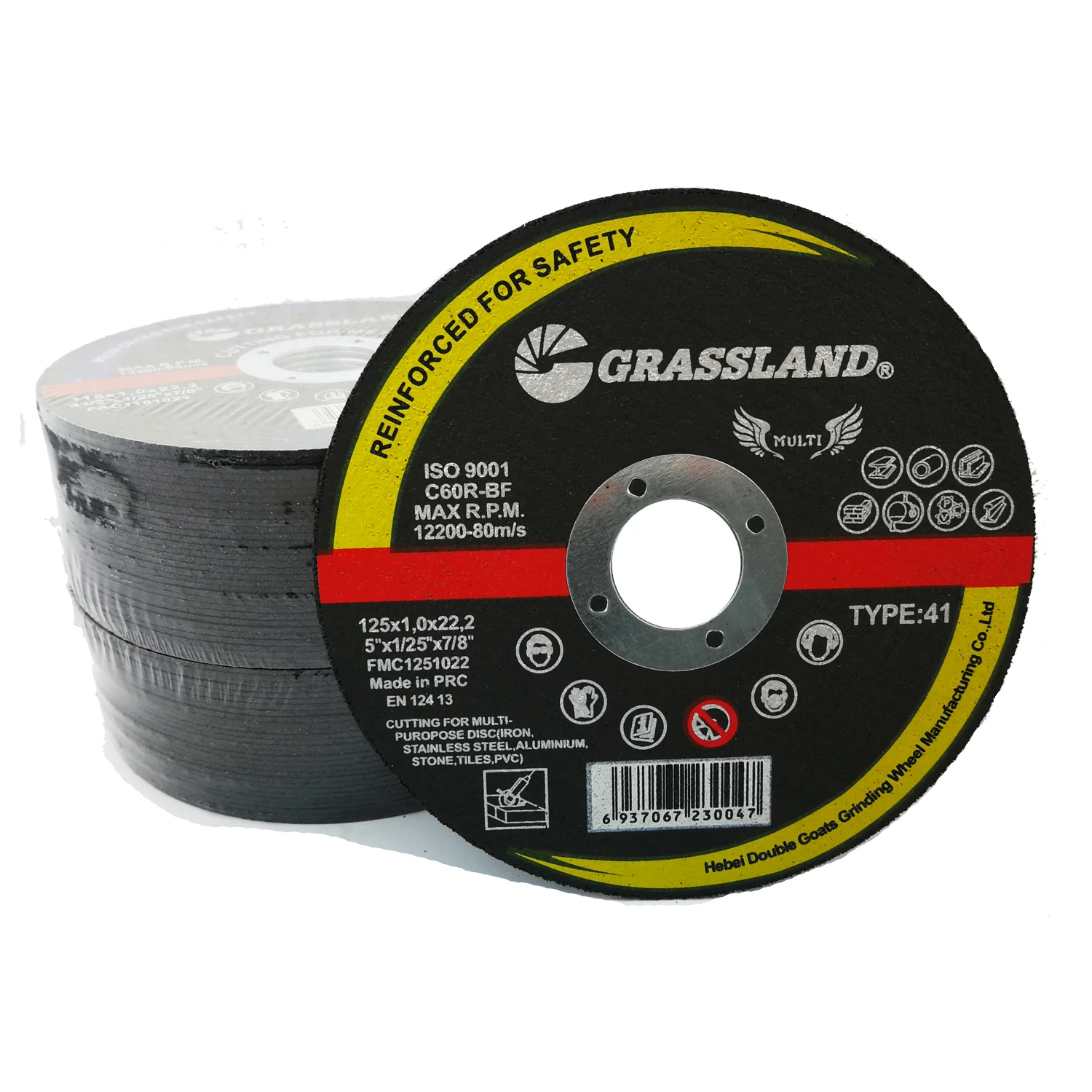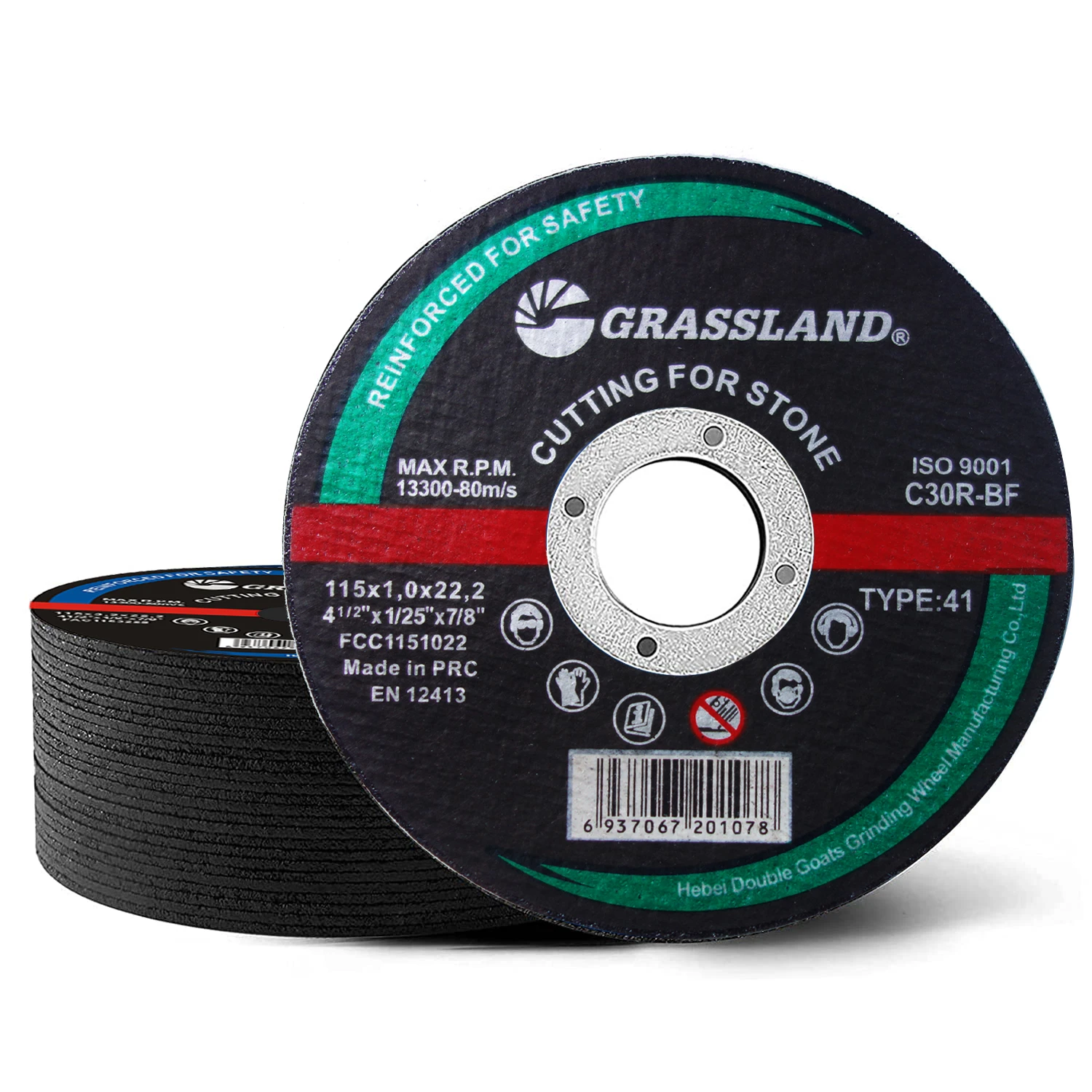In industries where precision and durability define productivity, abrasive tools play an essential role. Among them, flap discs have become indispensable for their versatility in grinding, blending, and finishing metal surfaces. Whether used in metal fabrication, automotive repair, or general maintenance, selecting the right flap disc can significantly impact both surface quality and operational efficiency. These discs are designed to replace traditional grinding wheels in many cases, offering smoother finishes, faster stock removal, and better ergonomics. For professionals who require consistency, durability, and speed, the right flap disc isn’t just a tool—it’s a game-changer.
Performance Meets Versatility in Premium Grinder Flap Discs
The most reliable choice for multipurpose grinding tasks often starts with grinder flap discs, which offer a powerful combination of aggressive material removal and refined surface finishing. These discs are ideal for use with handheld angle grinders and come in various grits to suit different project demands. Their overlapping abrasive flaps wear evenly, providing a constant fresh edge and extending product life. Ideal for deburring, rust removal, and weld seam blending, these discs work well across a variety of materials, making them a staple in workshops and industrial applications alike.
Unlock Efficiency with a Durable Flap Disc for Metal Work
Professionals who regularly deal with steel or iron structures rely on the precision of a flap disc for metal when seeking a balance between removal rate and finish quality. Unlike standard grinding wheels, flap discs are lighter and less prone to chatter, making them easier to control and more comfortable to use for extended periods. The angled flaps also allow greater contact with workpieces, resulting in faster surface refinement. Whether removing paint, smoothing welds, or preparing metal for coatings, these discs outperform conventional abrasives in both speed and smoothness.
Specialized Surface Finishing with Flap Disc for Aluminum Projects
Working with aluminum poses unique challenges due to its softness and tendency to clog abrasives. That’s why a flap disc for aluminum is engineered with non-loading agents and specially designed flap configurations to maintain consistent cutting action. This makes it the preferred choice for marine, aerospace, and automotive aluminum fabrication tasks. Unlike harder metals, aluminum requires a disc that won’t overheat or smear the surface. These discs deliver clean, even results while minimizing the need for rework or secondary polishing.
Advanced Grinding Applications Made Easier with Zirconia Flap Disc Abrasives
When high durability and aggressive performance are required, a zirconia flap disc proves to be a top-tier option. Zirconia alumina grains are self-sharpening and designed to handle heavy grinding pressure, making these discs ideal for demanding applications involving stainless steel, carbon steel, and tough alloys. Their longer lifespan reduces the frequency of disc changes, which boosts productivity and lowers cost over time. These discs are often preferred in high-volume environments where consistency and speed are critical, such as in shipbuilding, structural steelwork, and pipeline construction.
Comfort Meets Control with a Curved Flap Disc in Complex Angle Grinding
For tasks involving irregular surfaces, hard-to-reach corners, or inside curves, the curved flap disc offers enhanced adaptability and precision. Unlike flat flap discs, the curved shape allows for better pressure distribution and surface contact, especially in edge rounding and weld blending. They’re particularly effective in applications where control is crucial and the workpiece geometry is complex. With ergonomic handling and optimized cutting angles, curved flap discs reduce user fatigue while improving overall grinding accuracy.
Factors to Consider When Choosing a Flap Disc
Selecting the right flap disc involves more than choosing grit size. Material compatibility, backing plate material, and flap design (flat vs. angled) all contribute to a disc’s effectiveness. Consider the material you’re grinding, the finish required, and the working angle. For instance, zirconia-based discs are ideal for heavy-duty grinding, while aluminum-specific discs prevent loading on softer metals.
Maximizing Productivity with the Right Grit and Angle
Lower grits (e.g., 40 or 60) offer aggressive stock removal, whereas higher grits (e.g., 80 or 120) provide a smoother finish. Additionally, Type 27 (flat) discs work best on flat surfaces, while Type 29 (angled) discs provide improved contact on contoured or edge surfaces. Always ensure compatibility with your grinder’s speed rating to maintain safety and efficiency.
Flap Disc Maintenance and Safety Guidelines
Flap discs should always be stored in a clean, dry place to avoid moisture damage to the flaps. Inspect discs before each use for cracks or separation. Avoid applying excessive pressure—let the abrasive do the work. Wearing eye protection, gloves, and a dust mask is essential to ensure operator safety.
Flap Disc Products FAQs
Q: What makes grinder flap discs better than traditional grinding wheels?
A: Grinder flap discs combine grinding and finishing in one step, offer smoother operation, and reduce vibration, making them more efficient for many tasks.
Q: Can a flap disc for metal also be used on stainless steel?
A: Yes, but it’s important to ensure the abrasive material is suitable—zirconia or ceramic-based flap discs are excellent choices for stainless applications.
Q: Why is a flap disc for aluminum different from others?
A: Aluminum tends to clog abrasives, so aluminum-specific flap discs include non-loading agents and special coatings to prevent this issue and extend disc life.
Q: What are the benefits of using a zirconia flap disc over aluminum oxide?
A: Zirconia discs offer longer life, higher heat resistance, and better performance under pressure, especially for heavy-duty grinding applications.
Q: In what scenarios should I use a curved flap disc?
A: Curved flap discs are perfect for complex shapes, internal radii, and situations where precise edge control is necessary, such as in automotive bodywork or sculptural fabrication.
Post time:Sep - 03 - 2025

















